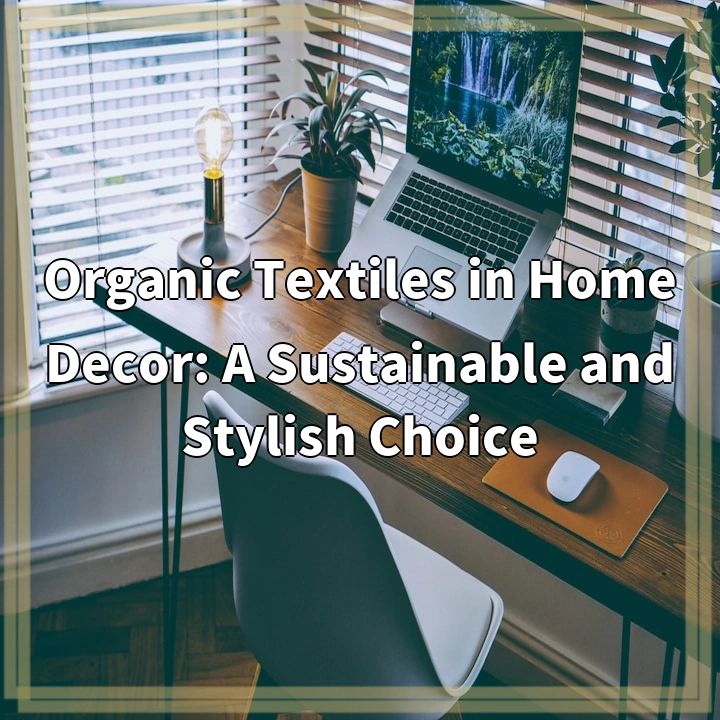
What is Sustainable Transportation?
Sustainable transportation refers to the use of transportation systems, modes, and practices that minimize negative environmental impacts, promote energy efficiency, and foster social and economic well-being. It aims to meet our current transportation needs while also preserving the environment for future generations. Sustainable transportation encompasses various aspects, such as reducing greenhouse gas emissions, promoting active transportation modes like walking and cycling, adopting clean and efficient fuels, and improving public transportation systems.
Real-World Problems Associated with Sustainable Transportation
While sustainable transportation offers numerous benefits, there are several challenges that need to be addressed:
1. Dependency on Fossil Fuels
One of the key issues in sustainable transportation is the heavy reliance on fossil fuels like gasoline and diesel. These fuels contribute significantly to air pollution and greenhouse gas emissions, leading to climate change and negative health impacts. Developing alternative energy sources and transitioning to electric vehicles can help mitigate this problem.
2. Inadequate Public Transportation
Insufficient and ineffective public transportation infrastructure is another challenge. Many cities lack reliable, affordable, and accessible public transportation options, forcing individuals to rely heavily on personal vehicles. Investing in and improving public transportation systems is essential for reducing traffic congestion, promoting sustainable mobility, and enhancing social equity.
3. Infrastructure and Land Use Planning
Adopting sustainable transportation requires efficient land use planning and the development of appropriate infrastructure. In many areas, urban sprawl and inadequate infrastructure hinder the implementation of sustainable transportation solutions like bike lanes, walking paths, and efficient public transit networks. Integrating land use and transportation planning is crucial to create compact, walkable, and bike-friendly urban environments.
4. Behavioural Change
Encouraging behavioral change can be challenging when it comes to transportation habits. Convincing individuals to switch to sustainable modes of transportation such as walking, cycling, or using public transit requires altering long-established habits and preferences. Raising awareness, providing incentives, and improving accessibility and convenience can help facilitate this transition.
5. Economic Considerations
Implementing sustainable transportation solutions often requires significant investments in infrastructure, technology, and education. Funding and economic considerations can pose barriers to the widespread adoption of sustainable transportation practices, particularly in developing economies. However, the long-term economic and societal benefits of sustainable transportation outweigh the initial costs.

Solutions for Sustainable Transportation
To address the real-world problems associated with sustainable transportation, the following solutions can be implemented:
1. Transition to Renewable Energy
Reducing dependency on fossil fuels is crucial. Encouraging the widespread adoption of renewable energy sources, such as solar and wind power, can power electric vehicles and reduce greenhouse gas emissions in the transportation sector.
2. Improve and Expand Public Transportation
Investing in the development and expansion of efficient and affordable public transportation systems is essential. This includes increasing the frequency and coverage of bus and rail services, improving accessibility for all individuals, and integrating various modes of public transport to create a seamless and interconnected network.
3. Prioritize Active Transportation
Promoting and prioritizing walking, cycling, and other forms of active transportation can significantly reduce the reliance on private vehicles. Building and maintaining pedestrian and cycling-friendly infrastructure, such as dedicated bike lanes and safe walking paths, encourages more people to opt for sustainable modes of transportation.
4. Implement Sustainable Land Use Planning
Integrating land use planning with transportation planning is vital to create compact, accessible, and mixed-use neighborhoods. This includes designing communities that enable individuals to live, work, and access services within a short distance, reducing the need for long commutes and excessive car usage.
5. Encourage Carpooling and Shared Mobility
Promoting carpooling and shared mobility services, such as ride-sharing and car-sharing, can reduce the number of vehicles on the road. This not only decreases traffic congestion but also minimizes carbon emissions and saves energy.
6. Develop Smart Transportation Systems
The integration of technology, data, and smart transportation systems can optimize traffic flow, reduce congestion, and improve transportation efficiency. This includes implementing intelligent transportation systems, utilizing real-time data for route planning, and incorporating innovative solutions like autonomous vehicles.
7. Raise Awareness and Educate
Raising awareness about the benefits of sustainable transportation and educating the public on the environmental and health impacts of traditional transportation practices is crucial. This can be achieved through public campaigns, educational programs at schools and workplaces, and community engagement initiatives.















